Tim Blair: Cricket a global symbol of equality and diversity
Instead of adding new practices and rituals, we should just declare the game of cricket to be a universal symbol of opposition to racism, injustice and oppression
Opinion
Don't miss out on the headlines from Opinion. Followed categories will be added to My News.
“Sydney doesn’t like to stand on ceremony,” Time magazine reported in 2000.
Athletes Cathy Freeman and Shane Gould, the weekly noted, chatted with singer Tina Arena “as if at a family barbecue” moments after the flame was lit for the Sydney Olympics.
Good on them, but that was two decades ago. We’ve since become a city and nation of ceremonies, symbolism and rituals, all undertaken with an almost religious solemnity.
Sport, previously informal at almost every level in Australia, is now something that happens between structured outbreaks of contrition and healing.
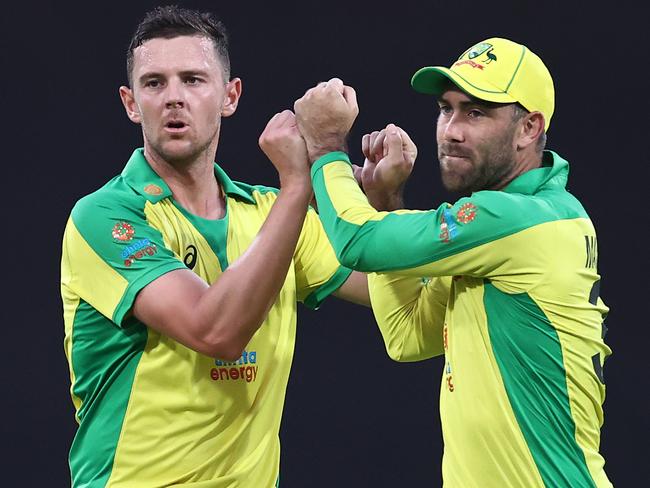
I presume last Friday’s one-day cricket match at the SCG between Australia and India began with some form of welcome to country announcement because it’s impossible to imagine any significant (or even insignificant) event occurring without it.
Revered Aboriginal elder Ernie Dingo was just 20 years old or so when he came up with that idea as a way of greeting Maori artists at a Perth festival in 1976.
So it goes way back to the Dreaming, an ancient time when most Australians still didn’t have colour TVs.
Next up at the SCG, players from both teams formed a barefoot circle on the field to indicate their opposition to racism.
If they’d wandered on to the ground without shoes just one year ago and done the same thing, the crowd would have wondered what on earth was going on.
But this time, we were told, it was moving and spiritual, and meant something.
Also, the players were presented in a square.
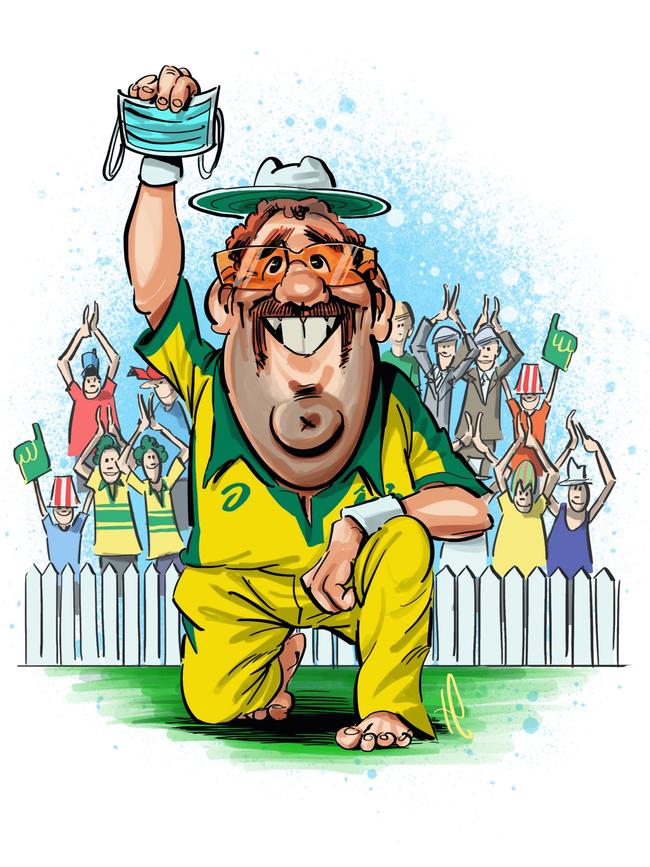
Circles tend not to have right angles, unless you’re Picasso. But that’s OK. It’s symbolic.
(Following the match, by the way, a photograph surfaced online showing fans enjoying a one-dayer on the old SCG ill in 1982. Many were barefoot. Turns out we had this whole reconciliation deal nailed 32 years ago.)
Many criticised the slow response of security guards to a pitch invasion by anti-coal demonstrators early in the first innings, but who could blame them?
They probably assumed all those “Stop Adani” signs were officially approved.
You know, just another ceremony, this time involving theoretical resistance to a mine 1300km north of Sydney.
Anyway, the crowd — symbolically limited to 25,000 as a coronavirus gesture, and featuring many pious mask-wearers — ceremonially walked out before the game even ended because players couldn’t be arsed finishing their overs on time.
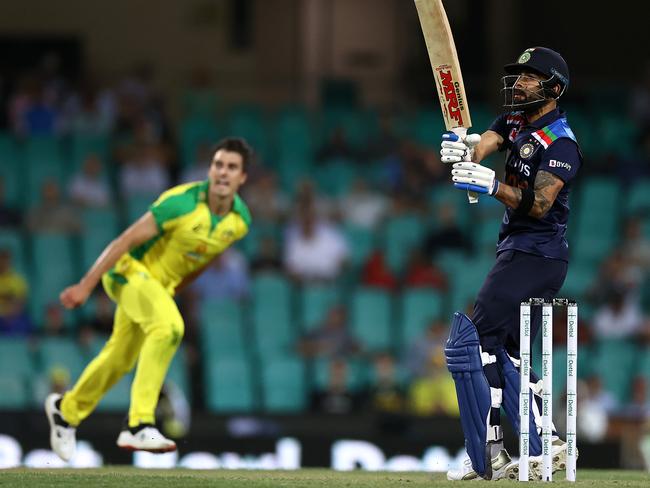
There’s an easy way to banish all of these rituals from cricket and still satisfy do-gooders and uplifters.
Just declare the game of cricket itself to be a universal symbol of opposition to racism, injustice and oppression.
Makes more sense than standing around in a square circle without boots.
After all, cricket is an international, multiracial, cross-generational sport played (or able to be played) by men, women and every gender category in between.
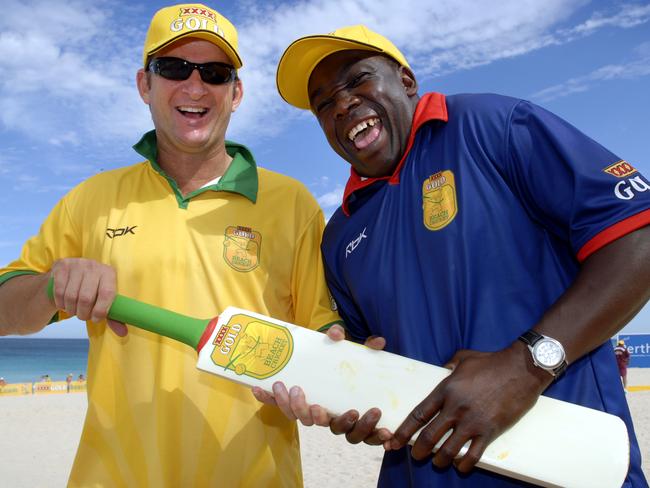
The game’s famously inclusive. Players with disabilities — England’s Gladstone Small, Pakistan’s Azeem Hafeez and India’s Bhagwath Chandrasekhar among them — have made it to Test level despite significant impairments.
The International Cricket Council is really missing out on an opportunity here.
If the idea of cricket as a symbol of peace and solidarity catches on, a quick 10-over match could replace taking a knee before NFL games.
The opening ceremony at next year’s Tokyo Olympics might be a T20 contest between an under-17s World XI and a scratch team of Japan Cricket Association players mixed with cricket-coached Nippon Professional Baseball league stars.
Gullible foreign types would lap this up.
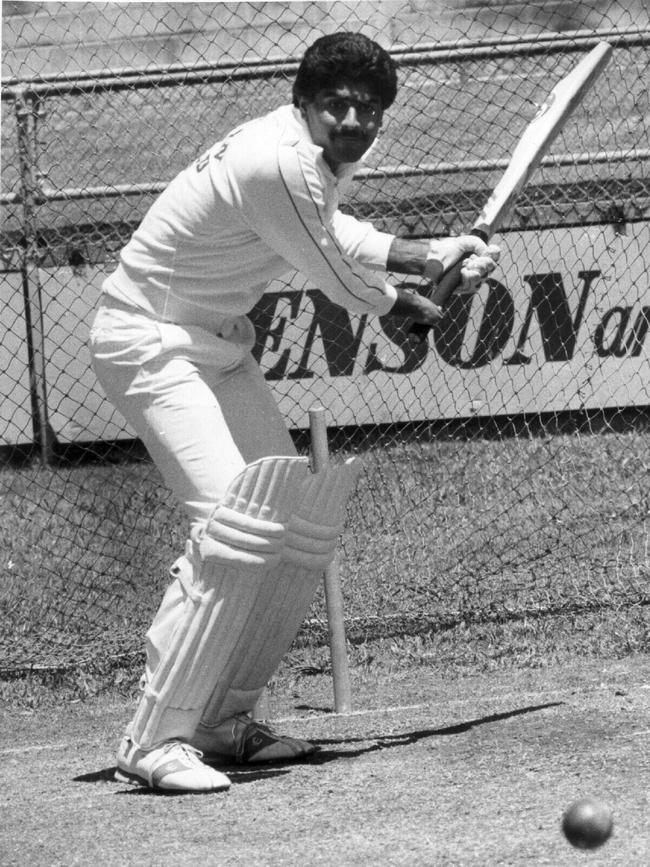
Of course, we’d need to invent a few new myths to replace cricket’s actual history, but that shouldn’t be a problem.
As Ernie Dingo has already helpfully demonstrated, today’s polite “hello Maoris” function can quickly become tomorrow’s venerated tradition.
So we first need to establish in the global mind the idea that cricket is a profound morality play.
We watch not to celebrate athletic brilliance, but to learn valuable lessons about the struggle between good and evil, colonialist and oppressor, non-binary and heterogender … and so on.
Tell any Black Lives Matter or Antifa activists you may encounter online that the three stumps in cricket represent social, racial and environmental justice.
The menacing red ball that seeks to disrupt those sacred stumps is capitalism.
Fast bowlers are proxies for toxic masculinity.
Defensive shots played without seeking any score are obviously a form of passive resistance, just as Gandi taught.
Once word of this reaches the insane leftists that are still destroying cities in the US, they’ll be smashing up store windows with cricket bats in no time.
The major benefit of elevating cricket to holy social justice status is that anyone interrupting or delaying a cricket match would be brutally scorned as an apostate.
Immediate cancellation awaits those capering barefoot or waving anti-mining banners. They’d be driven from society.
Which would leave the rest of us exactly where we want to be: sitting peacefully in the stands, with a drink in our hand, watching a game of cricket.





